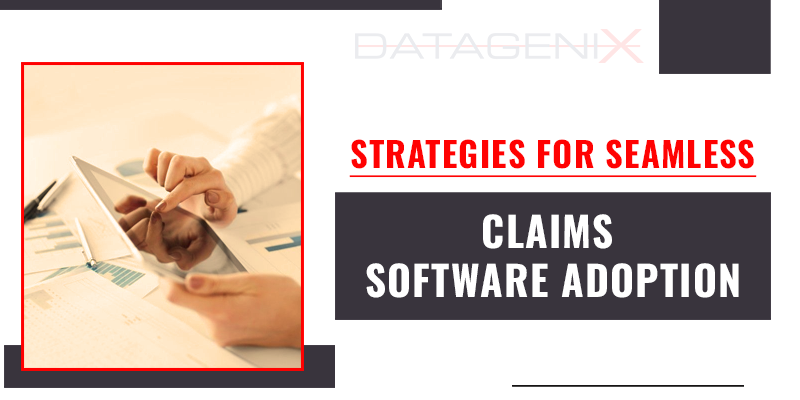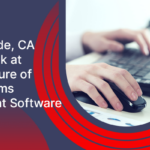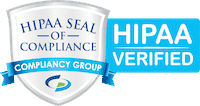Riverside, CA: A Look at the Future of Claims Management Software in 2024
July 25, 2024
Implementing new claims software in your organization can be a game-changer, revolutionizing the way you manage claims, streamline processes, and improve efficiency. However, successful implementation requires careful planning, strategic execution, and proactive adoption strategies. In this blog post, we’ll explore some essential tips for ensuring the successful implementation and adoption of claims software in your organization, helping you maximize the benefits and ROI of your investment.
Define Clear Objectives and Goals
Before embarking on the implementation process, it’s crucial to define clear objectives and goals for the claims software implementation. Identify the specific pain points, inefficiencies, and challenges you aim to address with the new software. Whether it’s reducing claims processing time, improving accuracy, or enhancing collaboration among stakeholders, having clear objectives will guide the implementation process and ensure alignment with your organization’s strategic priorities.
Involve Stakeholders from the Start
Stakeholder buy-in is critical for the success of any software implementation project. Involve key stakeholders from various departments – including claims processing, IT, finance, and operations – from the early stages of the implementation process. Solicit their input, gather feedback, and address concerns to ensure that the claims software meets the needs of all stakeholders. By involving stakeholders from the start, you’ll foster a sense of ownership and commitment to the success of the project.
Conduct Thorough Research and Due Diligence
Not all claims software solutions are created equal, so it’s essential to conduct thorough research and due diligence before selecting a vendor. Evaluate multiple vendors, and compare features, functionalities, pricing, and customer reviews. Consider factors such as scalability, ease of integration, regulatory compliance, and vendor reputation. Request demos and trial periods to test the software’s usability and compatibility with your organization’s workflows. By investing time in research and due diligence, you’ll make an informed decision and choose a claims software solution that aligns with your organization’s needs and goals.
Develop a Comprehensive Implementation Plan
Successful implementation of claims software requires a well-defined implementation plan with clearly outlined milestones, timelines, and responsibilities. Work closely with your chosen vendor to develop a comprehensive implementation plan that addresses all aspects of the deployment process, including data migration, system configuration, user training, and change management. Break down the implementation plan into manageable tasks and establish realistic timelines to ensure smooth execution and minimize disruptions to your operations.
Provide Robust Training and Support
User training is key to driving adoption and ensuring the successful implementation of claims software. Provide comprehensive training sessions for all users, including claims processors, administrators, and managers, covering essential features, functionalities, and best practices for using the software effectively. Offer ongoing support and resources, such as user manuals, tutorials, and helpdesk assistance, to address any questions or issues that may arise during the transition period. By investing in robust training and support, you’ll empower users to leverage the full potential of the claims software and drive greater efficiency in your organization’s claims management processes.
Foster a Culture of Continuous Improvement
Successful implementation and adoption of claims software require a culture of continuous improvement and feedback. Encourage users to share their insights, suggestions, and challenges related to the software, and incorporate feedback into ongoing updates and enhancements. Monitor key performance metrics, such as claims processing time, accuracy rates, and user satisfaction, to measure the impact of the software on your organization’s operations. By embracing a culture of continuous improvement, you’ll ensure that the claims software evolves to meet the changing needs of your organization and delivers sustainable value over time.
Celebrate Milestones and Successes
Recognize and celebrate milestones and successes throughout the implementation process to maintain momentum and morale among stakeholders. Whether it’s completing a successful data migration, achieving significant improvements in claims processing efficiency, or receiving positive feedback from users, take the time to acknowledge achievements and milestones. Celebrate successes publicly, such as through company-wide announcements, team meetings, or awards ceremonies, to reinforce the importance of the claims software implementation and the collective efforts of your team.
Conclusion
Successfully implementing and adopting claims software in your organization requires careful planning, stakeholder engagement, and a commitment to ongoing improvement. By defining clear objectives, involving stakeholders from the start, conducting thorough research, developing a comprehensive implementation plan, providing robust training and support, fostering a culture of continuous improvement, and celebrating milestones and successes, you’ll set the stage for successful implementation and drive greater efficiency, accuracy, and collaboration in your organization’s claims management processes. With the right approach and mindset, claims software can become a powerful tool for transforming your organization’s operations and delivering tangible benefits to your bottom line.
7 Features Every Online Claim Management System Needs
June 27, 2024What to Look for in Claims Management Software?
May 8, 2024









